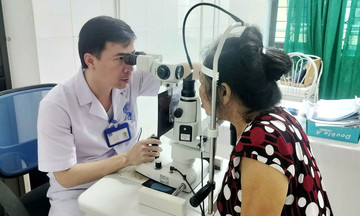Answer:
A substernal goiter (also known as a plunging goiter, intrathoracic goiter, or ectopic goiter) occurs when a goiter in the neck grows and extends down into the mediastinum (chest cavity). Substernal goiters account for approximately 3-20% of all goiters and are more common in older adults, with women at higher risk than men. Most substernal goiters are benign and do not pose a serious health risk. However, if the goiter becomes large enough to compress the esophagus, trachea, or blood vessels, it can cause difficulty swallowing, shortness of breath, and voice changes.
Iodine deficiency is the leading cause of goiters. The thyroid gland needs iodine to produce hormones. When iodine is lacking, the thyroid enlarges to try and produce enough hormones. Goiters caused by iodine deficiency can develop into multinodular goiters and subsequently descend into the chest.
Long-standing multinodular goiters (multiple nodules in the thyroid) can also lead to goiter growth and descent into the chest. Mechanical factors such as gravity, the pulling force during swallowing, negative pressure in the mediastinum during inhalation, a short cervical trachea, strong neck muscles, and a short neck can also contribute to a goiter moving down into the chest.
 |
Doctor Manh consults with a patient. Illustrative photo: Tam Anh General Hospital |
Doctor Manh consults with a patient. Illustrative photo: Tam Anh General Hospital
Most substernal goiters develop silently without causing symptoms. They are often discovered incidentally during chest X-rays or CT scans performed for other reasons. Symptoms such as shortness of breath, difficulty swallowing, chest tightness, and voice changes typically appear only when the goiter becomes large enough to compress surrounding organs. In severe cases, acute respiratory failure can occur.
Surgery is the primary and most effective treatment for substernal goiters. It allows for complete removal of the goiter, immediate relief of symptoms, and prevention of serious complications like severe compression and breathing difficulties.
You should consult a doctor for a proper examination, diagnosis, and timely treatment. If you have a substernal goiter, surgery is recommended while the goiter is still small, as this makes it easier to remove. As a substernal goiter grows larger, surgery becomes more complex and may require sternotomy (cutting the breastbone) to access the goiter deep within the chest, resulting in a longer recovery time.
Pham Tuan Manh, MSc, MD, Specialist Level II
Breast - Head and Neck Surgery Department
Tam Anh General Hospital, TP HCM












